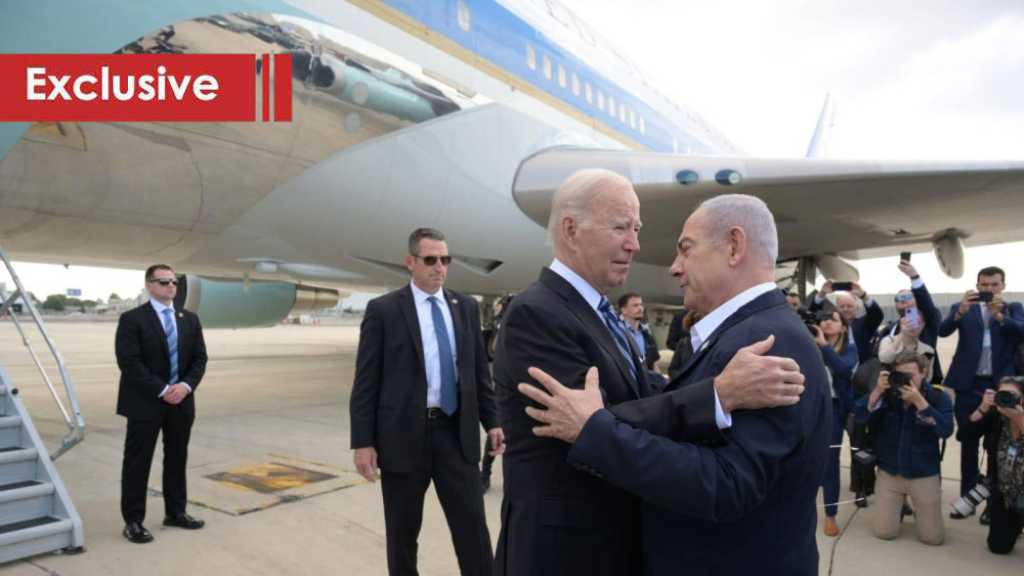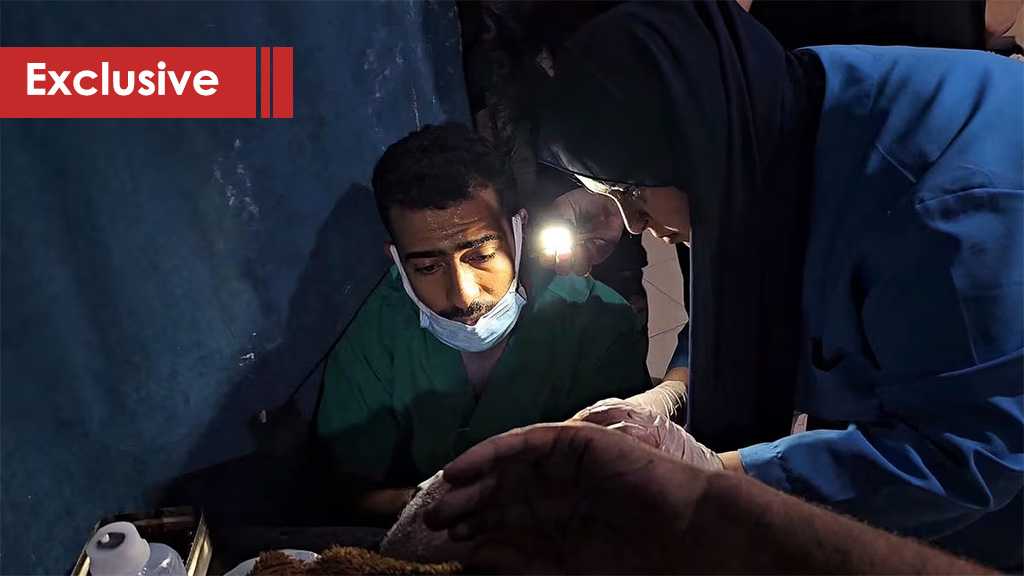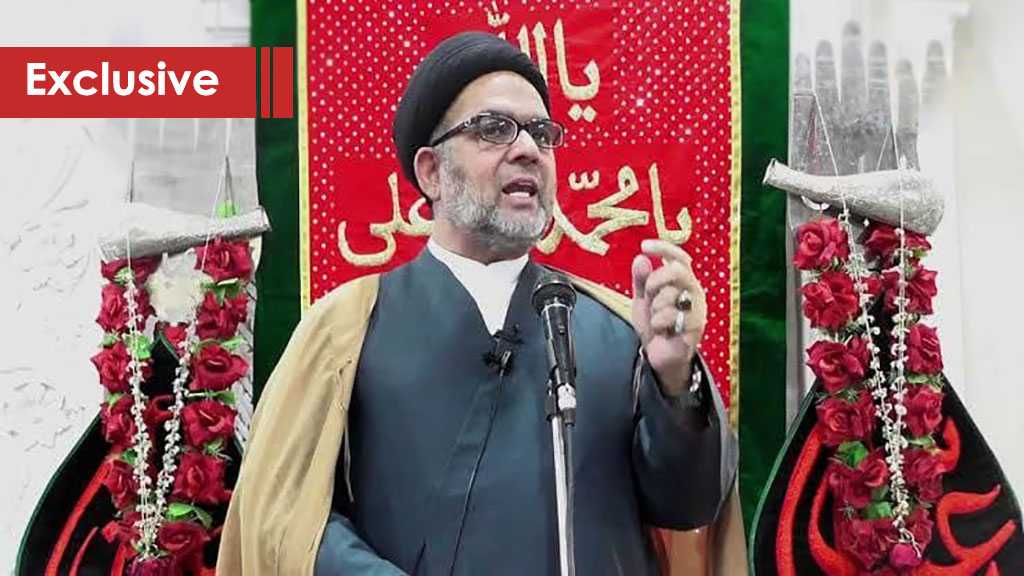
Hajj ’Murad’... A Tale of Resistance from Syria to Tunisia

Hussein Mortada
Two criminals fired their treacherous bullets at the Qassam [Brigades] commander, engineer, and pilot Mohamed Zouari in Tunisia. This is routine practice for the 'Israeli' entity when it comes to pursuing resistance leaders. The silencer used in the assassination was not enough to conceal the Mossad's role in this crime. The perpetrators took advantage of a few loopholes, allowing them to get to Zouari in his car, after the hit team infiltrated and departed Tunisia without raising any suspicions.

It is becoming increasingly apparent that a series of assassinations targeting resistance leaders will not be coming to an end any time soon. Parallels can be drawn between the Zouari operation and the 2013 assassination of martyred Hizbullah leader, Hajj Hassan Hulu Lakis, in the southern suburbs of Beirut.
Zouari, 49, was gunned down outside his home at the Ben Hamida Center on Menzel Chaker Road in Sfax. The Mossad assassins fired six bullets at their target, piercing Zouari's heart, neck, and head. The enemy's objective was to terminate the drone program belonging to the Palestinian resistance in the Gaza Strip.
Zouari's assassination coincided with his return from Lebanon. His visit was not for touristic purposes but a continuation of a high-level coordination between Zouari and the Lebanese resistance. Zouari's story with the resistance began years ago.
Few people knew that "Hajj Murad" was martyr Mohamed Zouari, who was born in Tunisia in 1967. He left Tunisia during the oppressive regime of Zine El Abidine Ben Ali and headed to Algeria then Libya until he settled in Syria.
Zouari was 23 years old when he studied aeronautical engineering at Aleppo University, paid for by the Syrian state. After his graduation, he married a Syrian woman, Magda Khaled Saleh, and started working in the factories of the Syrian Scientific Research Center.
Zouari gained extensive experience in the field of manufacturing UAVs - a significant area of focus for the Syrian leadership. According to an informed military source, Zouari was provided with all the necessary experience, capabilities, equipment and special technologies for manufacturing drones. He was briefed on the developments added to the aircraft by the Syrian army. He also worked with the Syrian engineers adding modifications to the aircraft, corresponding to the work done by the resistance in Palestine.
2006 was a milestone for Zouari's work as he acquired the necessary expertise. He met with leaders of the Palestinian resistance and began coordinating between the Syrian government and the resistance on the "Ababil" drone program, which was activated for the first time during the 2014 'Israeli' attack on the Gaza Strip. The drones also appeared in many of the resistance's parades in Gaza.
According to sources inside the Gaza Strip, martyr Zouari also known as "Hajj Murad" visited the Strip three times using underground tunnels, carrying the equipment the Syrian state supplied him with to manufacture drones. He put together the project, then returned to Syria to train members of the Palestinian resistance in the camps on how to manufacture the aircraft. Thus, the "Ababil" saw the light of day, taking to the skies over Palestine.
With the beginning of the war on Syria, some Palestinian factions sided with agendas opposing the Syrian state. The martyr rejected this stance and decided to leave Damascus, but his position toward the Syrian state remained unchanged.
He returned to his country in early 2013 and founded an aviation club in Sfax. He stayed in contact with the resistance in Lebanon, which he visited more than once, bringing with him new projects to develop the work of the resistance in Palestine. One of the more important projects involved the manufacturing of a remote-controlled submarine to compensate for the Palestinian resistance's loss of tunnels and to continue smuggling weapons into occupied Palestine.
Source: Al-Ahed News



